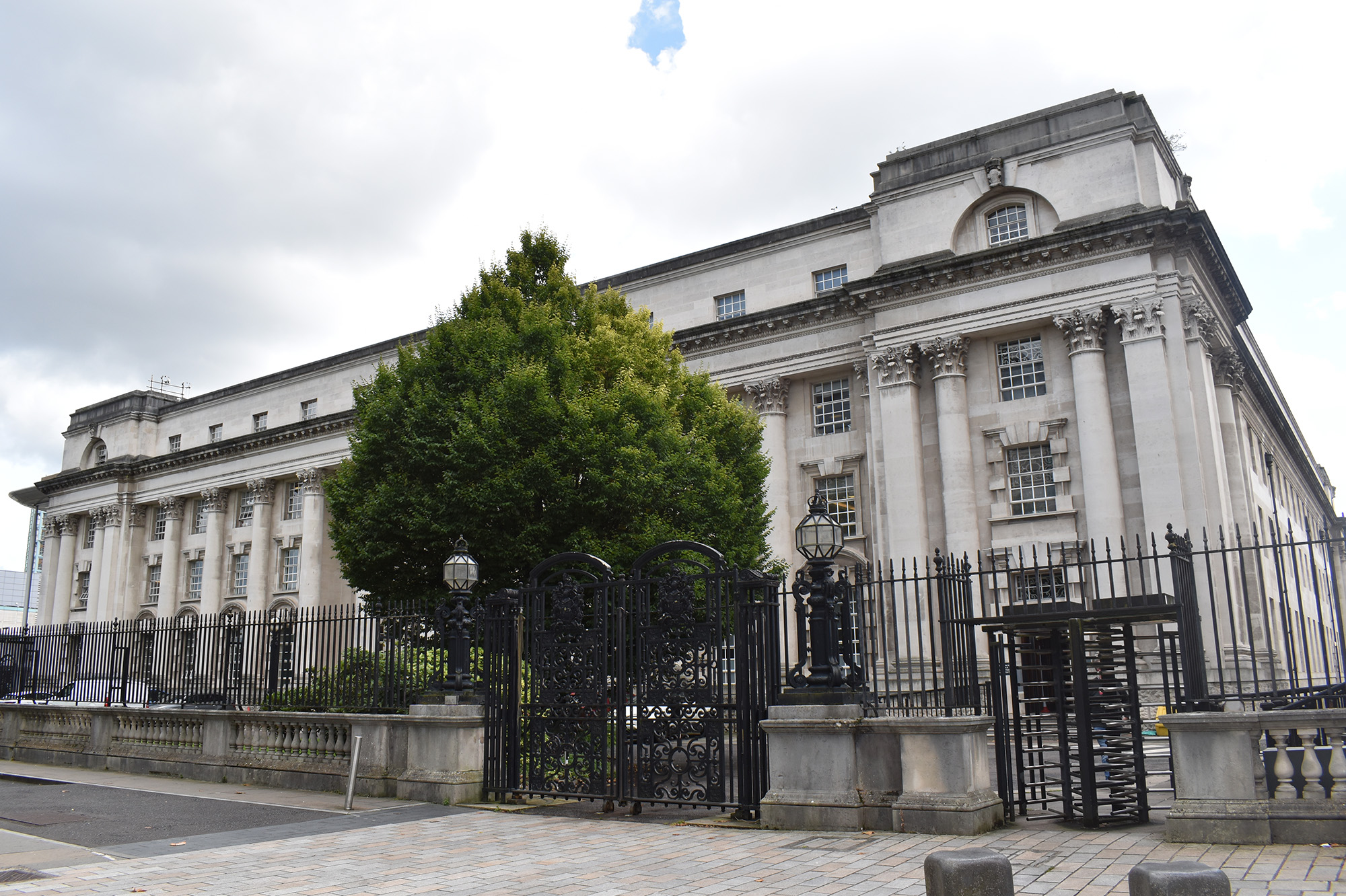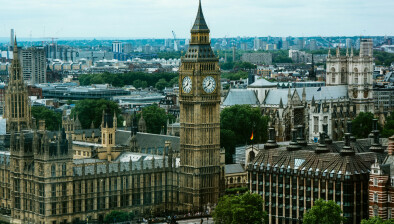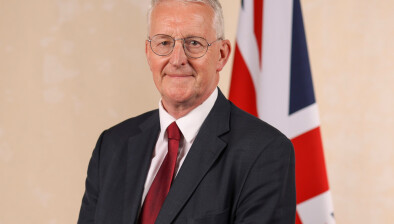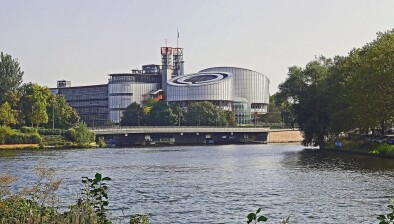NI Coroner: Use of lethal force against Francis Bradley was justified

A coroner in Northern Ireland has determined that the use of lethal force by British Army soldiers which led to the shooting and subsequent death of Francis Bradley in 1986 was justified, reasonable and appropriate.

About this case:
- Citation:[2024] NICoroner 30
- Judgment:
- Court:NI Coroner's Court
Delivering judgment for the High Court, His Honour Judge Peter Irvine KC highlighted: “I have attempted to allay rumour and suspicion about the events of 18 February 1986 and have approached this inquest from an entirely neutral standpoint surrounding the tragic events which flowed from the shooting of Francis Bradley.”
Mr Sharpe KC, Mr Kennedy BL and Ms Wilson BL (instructed by Sara Donnelly Clegg of the Legacy Inquest Unit) appeared for the coroner, while Ms Quinlivan KC and Ms Smyth BL (instructed by Fearghal Shiels of Madden & Finucane Solicitors) appeared on behalf of the next of kin.
Mr McMillen KC, Ms J Ellison BL and Mr M Hayward BL (instructed by the Crown Solicitor’s Office) appeared on behalf of the Ministry of Defence; Ms Hannigan KC, Mr McEvoy BL and Mr Rafferty BL (instructed by the Crown Solicitor’s Office) appeared on behalf of the PSNI; Mr Horwell KC and Mr Russell KC (instructed by Matthew Garbutt of Devonshires Solicitors) appeared on behalf of former military witnesses; and Kevin Magill KC and Alana Harty BL (instructed by Bernadette Mulholland of Bernadette Mulholland Solicitors) appeared on behalf of C3 (Mr Bradley’s friend).
Background
On 18 February 1986, an operation was carried out on behalf of the British military and the RUC Tactical Co-Ordinating Group (TCG) in light of attacks on police officers, stations and civilians in 1985, with the intention of arresting members of the active support unit (ASU) of the Provisional IRA.
Francis Bradley, described by police as being an important member of the Provisional IRA, was shot multiple times by members of the Special Military Unit (SMU) of the British Army in the course of this operation while he was removing a rifle from behind outhouses at the rear of an address at 60 Hillhead Road, Castledawson, Co Derry on 18 February 1986.
Soldier A fired a shot which hit the deceased in his pelvis, causing him to fall to the ground. Soldier C fired over 20 shots as the deceased lay on the ground, the final three of which fatally wounded the deceased.
Following the hearing of an inquest into the deceased’s death in 1987, the Attorney General for Northern Ireland directed the holding of a fresh inquest in 2010 which eventually took place without a jury over various dates in 2023 and 2024.
Evidence
The Coroner’s Court heard from inter alia family members, civilians, the soldiers present at the time of the deceased’s death and expert witnesses.
The court heard that the SMU had been conducting surveillance in the area when they drove past the deceased holding what appeared to be a weapon-shaped object wrapped in a cloth at the boot of his car. By the time the SMU had turned their vehicle around, the deceased had disappeared.
Evidence was given that the soldiers moved to a nearby garage in close proximity to the locus of the deceased’s death, where they came upon a car containing five men which was recognised to be a Provisional IRA vehicle. Those soldiers claimed that they had radioed the vehicle registration back to their headquarters and that soldiers had been deployed.
The court also heard that as the reactive sub-unit hid in a hedgerow near the shooting locus, they shouted at the deceased and the person accompanying him to halt, causing him to turn around with a weapon in his hands. Soldier A claimed that this posed an immediate threat to the soldiers’ lives and so he fired his gun, hitting the deceased in the pelvis. Soldier C claimed that the deceased had aimed his gun at them but refused to answer a number of questions relying on the privilege against self-incrimination. The other soldiers present did not open fire on the deceased.
The deceased’s next of kin submitted that Soldier C was in breach of the Yellow Card, a document setting out rules of engagement that soldiers were obliged to comply with.
The Coroner’s Court
His Honour Judge Irvine KC presided as coroner over the inquest. The court determined that in circumstances where lethal force had been inflicted by state actors, three distinct questions arose:
- Whether the persons opening fire had an honest and genuine belief that it was necessary to use lethal force;
- Whether the force used by a state actor was reasonable for the purposes of defending themselves or others from unlawful violence, having regard to the circumstances which they believed existed at the time; and
- Whether the military operation was planned and controlled so as to minimise the need for lethal force to the greatest extent possible.
Having heard the evidence, the court was satisfied that the male at the rear of the parked vehicle was the deceased and that both soldiers had observed him with a rifle shaped object wrapped in what appeared to be a cloth. He was also satisfied that when the soldiers drove to 62 Hillhead Road, there was a potentially threatening confrontation with a Provisional IRA vehicle containing five men which “did not just arrive there by chance”.
The court observed that Soldier C’s deployment of lethal force stood in contrast with that of the soldiers who were deployed alongside him, in that Soldier A fired a single shot, whilst Soldiers B, D and E did not open fire. However, the coroner was satisfied on the basis of the ballistics and pathologists’ evidence that Soldier C did see the deceased standing up and that he had a rifle under his control at this point.
The court also recognised that the Yellow Card was not a statement of law, but was to be taken into account in determining whether, on any given occasion, the actions of the soldiers engaging in lethal force were justified.
Findings of Fact
In light of the evidence, the coroner made findings of fact to the effect that the deceased was engaged in activities on behalf of the Provisional IRA, and that there was an ongoing military operation in place which intended to apprehend members of Provisional IRA ASU engaged in terrorist activity at the time of the deceased’s death, and that the planning in respect of same clearly made provision for a hard arrest if possible.
The court also found that the positioning of the patrol behind the hedgerow was an appropriate location to carry out surveillance and then a reactive role to the prevailing circumstances, and that use of lethal force deployed by Soldier C when he fired his final three shots was reasonable and proportionate to the threat which was present at that particular time by the deceased, and that the firing of all shots by Soldiers A and C was a reasonable and proportionate response to the threat posed by the deceased.
Verdict
The Coroner’s Court determined inter alia that the deceased died from laceration of his heart, right lung, liver and intestines due to gunshot wounds of the trunk, that the use of lethal force by the soldiers was justified, reasonable and appropriate, and that Soldier C held the honest belief that lethal force was necessary to prevent the loss of life.
The court also decided that the operation was planned and controlled in such a way as to minimise to the greatest extent possible the need for recourse to lethal force.
In the matter of an inquest into the death of Francis Bradley [2024] NICoroner 30









